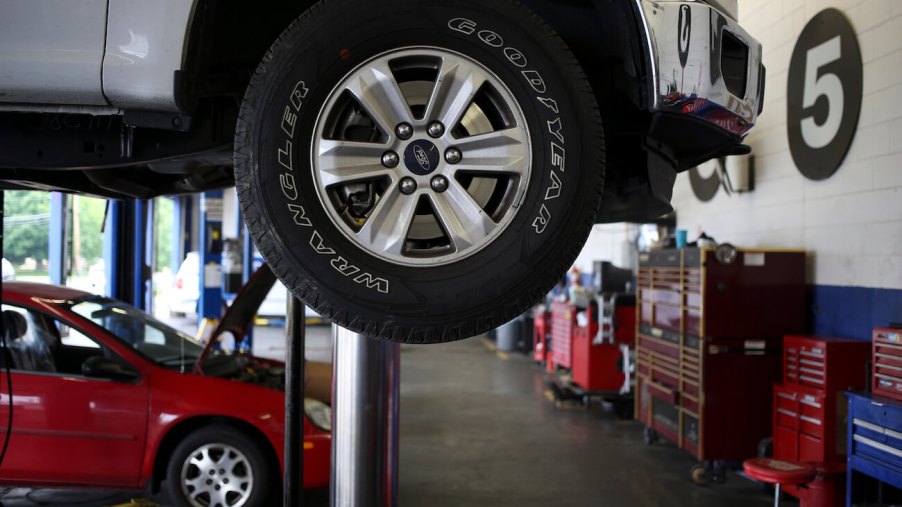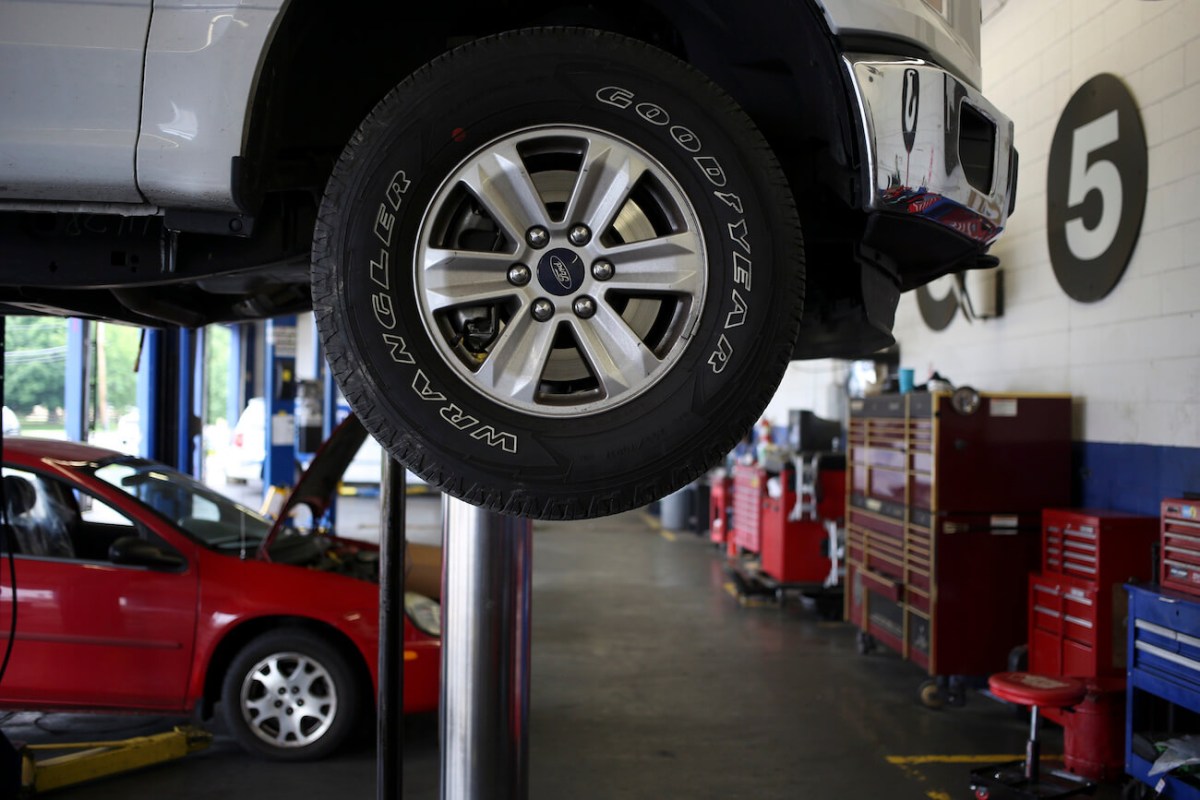
Does Your Vehicle Require a Severe Maintenance Schedule?
As a vehicle owner, it’s important to understand your vehicle’s maintenance needs to keep it running smoothly and avoid costly repairs. While most cars follow a standard maintenance schedule, some may require more frequent or severe maintenance based on usage and driving conditions.
Here are six conditions where severe maintenance may be necessary for your vehicle, according to Repair Pal:
1. You take short trips of less than 10 miles

If you frequently take short trips of less than 10 miles, your engine may not have enough time to reach operating temperature. Taking short trips can increase wear and tear on parts of your engine – especially during the winter months when your engine takes longer to warm up.
Combine multiple short trips into one longer trip. This can help your engine reach its optimal operating temperature and reduce wear and tear on your engine components.
2. You drive in heavy traffic with many stops and starts
Did you know that stop-and-go traffic can cause excessive wear on your brakes, transmission, and engine? Every time you brake and accelerate, you stress these parts more.
You may want to consider using alternate routes with less traffic, even if it takes a bit longer to reach your destination.
3. Driving at high rates of speed
Driving at high speeds can cause increased wear on your engine, transmission, tires, and brakes. It can also decrease your fuel efficiency and increase your risk of accidents.
Consider using cruise control to maintain a consistent speed when driving on highways. This can help reduce the stress on your engine and transmission and improve fuel efficiency.
4. You tow heavy loads or do off-road driving
If you frequently tow heavy loads or drive off-road, your vehicle’s suspension, brakes, and transmission may require more frequent maintenance to keep them in good condition. These activities put additional stress on these parts.
Be sure to use the right equipment for the job, such as a proper hitch, weight distribution system, and trailer brakes. This can help distribute the weight more evenly and reduce strain on your vehicle.
5. Driving in dusty conditions
Driving in dusty conditions can cause increased wear on your engine’s air filter and other components. It can also cause damage to your vehicle’s paint and exterior.
If possible, avoid driving on unpaved roads or dirt tracks. You may be able to prevent excessive dust and dirt buildup on your vehicle.
6. You drive in extremely cold or hot climates
Extreme temperatures can stress your vehicle’s engine, battery, and other components. In extremely cold temperatures, your engine may have trouble starting, while in extremely hot temperatures, your engine may overheat.
Parking your car, truck, or SUV in a garage or covered area can help protect it from extreme temperatures.
Is it time to schedule a maintenance appointment?
Remember, paying attention to your vehicle’s driving conditions and usage is important to determine if severe maintenance is necessary. By following a regular maintenance schedule and addressing any issues early on, you can help prolong the life of your vehicle and avoid expensive repairs.



